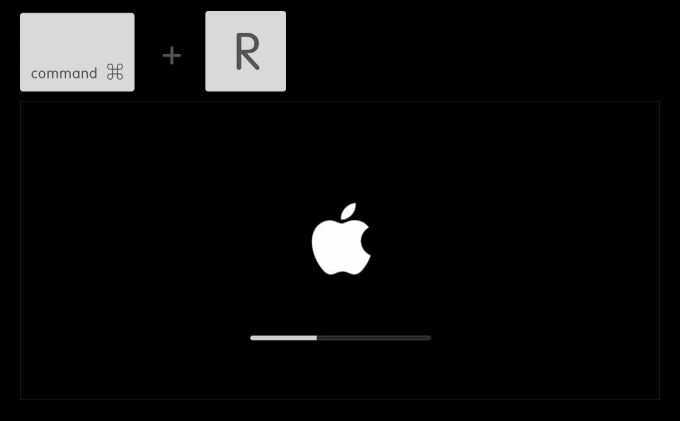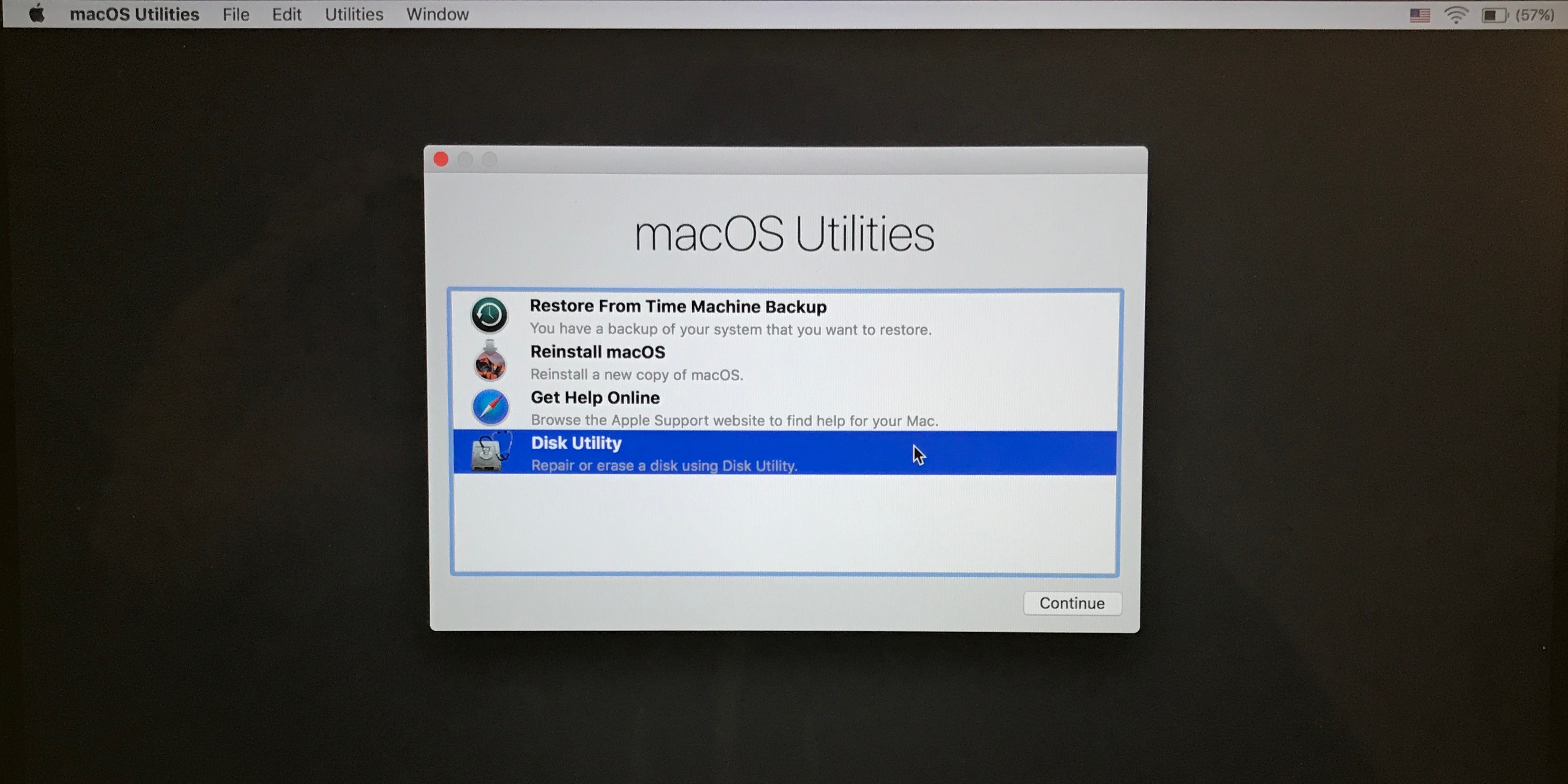
Select the Macintosh HD that appears in the sidebar, then click Erase. Enter the administrator password, then select Disk Utility followed by “Continue”. Turn on the Mac and immediately press the Command (⌘) and R keys until an Apple logo or other image appears onscreen. On an Intel-powered Mac, boot the system from macOS Recovery. Note that these steps only apply to Intel-based Macs, and the steps for Macs with Apple Silicon are different.
RESET MAC TO FACTORY SETTINGS WITH DISK NO PASSWORD HOW TO
Related: How to use voice dictation on MacĪfter following Apple’s guidelines, users can proceed to reset their Mac. A final optional step before wiping a Mac is to unpair any paired Bluetooth devices, such as headphones, mice, keyboards, etc. Sign out of iMessage by going to Messages Preferences. After that, sign out of Apple ID via System Preferences.

The next step is to sign out of iTunes (not applicable to Macs running macOS Catalina or later) by clicking Account > Authorizations > Deauthorize This Computer. Otherwise, if you’re moving to a new Mac, use Migration Assistant to copy over all files and data. To start, back up the system via Time Machine to an external drive or to iCloud. Restoring a Mac to its factory settings gives it a clean slate, but it also means users should make sure they’ve backed up all of their data.īefore resetting a Mac, there are a few steps to follow. If a Mac is getting slow or has a persistent problem that can’t be fixed, sometimes a factory reset can fix the problem. If a user sells their Mac computer or gives it to someone else for example, a factory reset ensures that all their data is erased. However, there are still a few reasons that justify doing so.

For a Mac user wanting to factory reset their device, the process is far from simple.


 0 kommentar(er)
0 kommentar(er)
